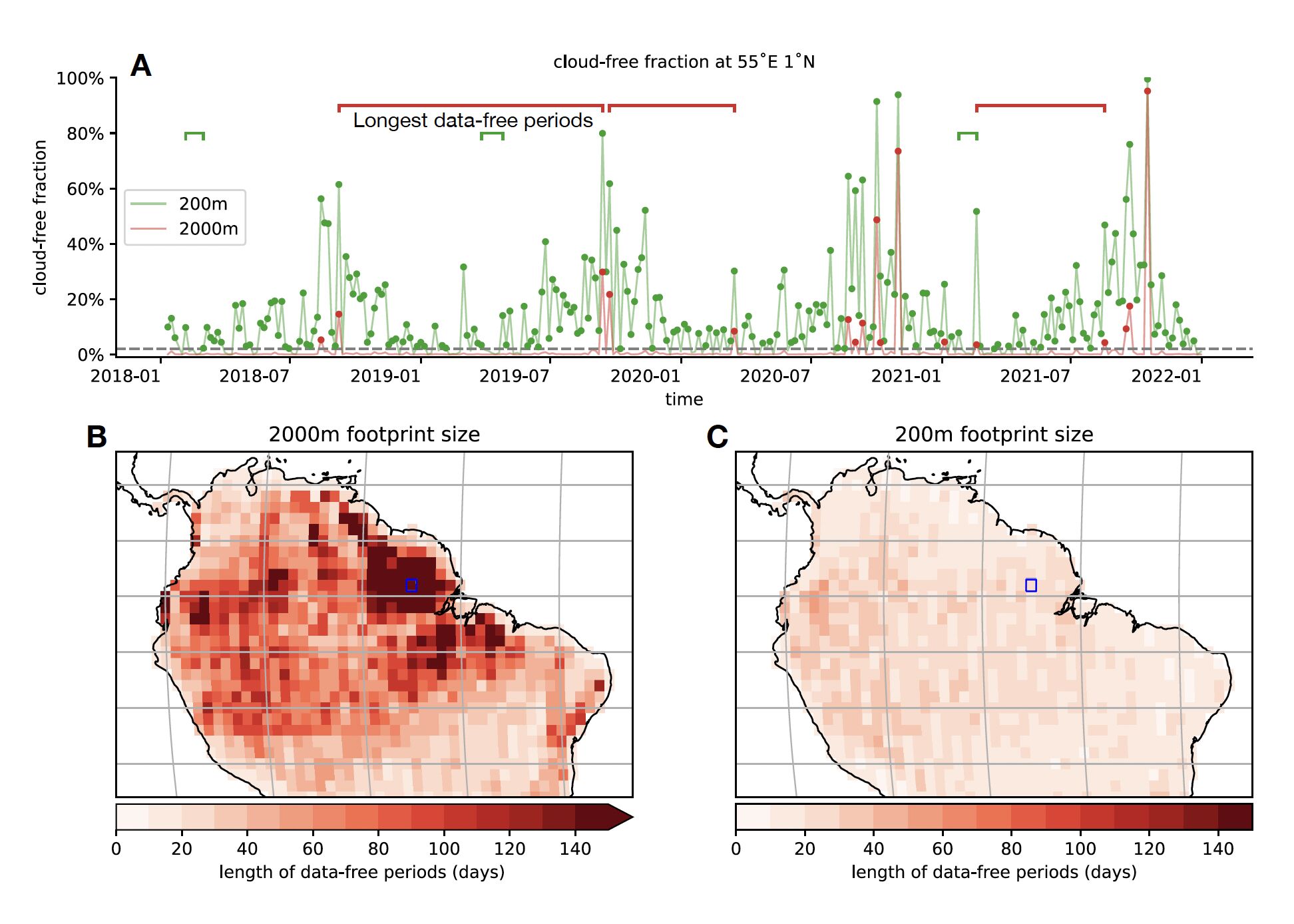Carbon-I proposal to NASA’s ESE call
NASA’s ESE call
NASA’s Earth System Explorer call solicits Principal Investigator (PI)-led space science investigations as recommended by The National Academies of Sciences, Engineering, and Medicine 2017 Decadal Survey for Earth Science and Applications from Space. Greenhouse gases were specifically mentioned a high priority. Thus, we put a proposal into the ring again, following years of work on high-spatial resolution greenhouse gas mapping, a journey that started with initial AVIRIS-NG measurements, the first ever controlled release experiments using aircrafts, large-scale mapping of the anomalous CH4 enhancements in the Four-Corners region, and now with the success of EMIT.
Carbon-I

Carbon-I is our response to NASA’s ESE call, it can be considered a merger of the philosophies behind the original OCO mission and the high resolution mapping approaches that are now followed by EMIT, GHGSat, CarbonMapper, MethaneSat and others. We are eagerly awaiting a decision from NASA in April and are ready to hit the ground running. What could Carbon-I bring to the table? The combination of high spatial resolution and high enough spectral resolution for trace gas mapping solves two problems:
- We will obtain enough data in the tropics, which has been a major problem for OCO-2, TROPOMI and other missions, mostly because shallow cumulus clouds have cloud gaps that are much smaller than the footprint size of current greenhouse gas sensors. This leads to periods of data drought in the humid tropics Pre-print paper:

- It will avoid surface interferences, that plagues high-spatial-resolution mappers with coarse spectral resolution.
We have a great team and are doing something different with Carbon-I. The greenhouse gas remote sensing field is getting crowded, both on the agency side targetting high accuracy for flux inversions (OCO-2, OCO-3, GOSAT, GOSAT-2, GOSAT-GW, TROPOMI, Sentinel-5, CO2M, etc) as well as the plume mapping side to provide actionable results (EMIT, GHGSat, MethaneSat, CarbonMapper). Carbon-I aims to tackle the issue those missions can’t resolve by merging their advantages…
A Carbon-I website…
Why create a website for something that isn’t even funded yet? Honestly, Quarto makes this a lot more fun and provides an ideal system for scientists to run their own website, and describe science in fun interactive ways. Carbon-I is still very rudimentary but creating some interactive graphics with ObservableJS has been fun, even though I dislike java script syntax. So it has been absolutely worth it and we learned a lot along the way…